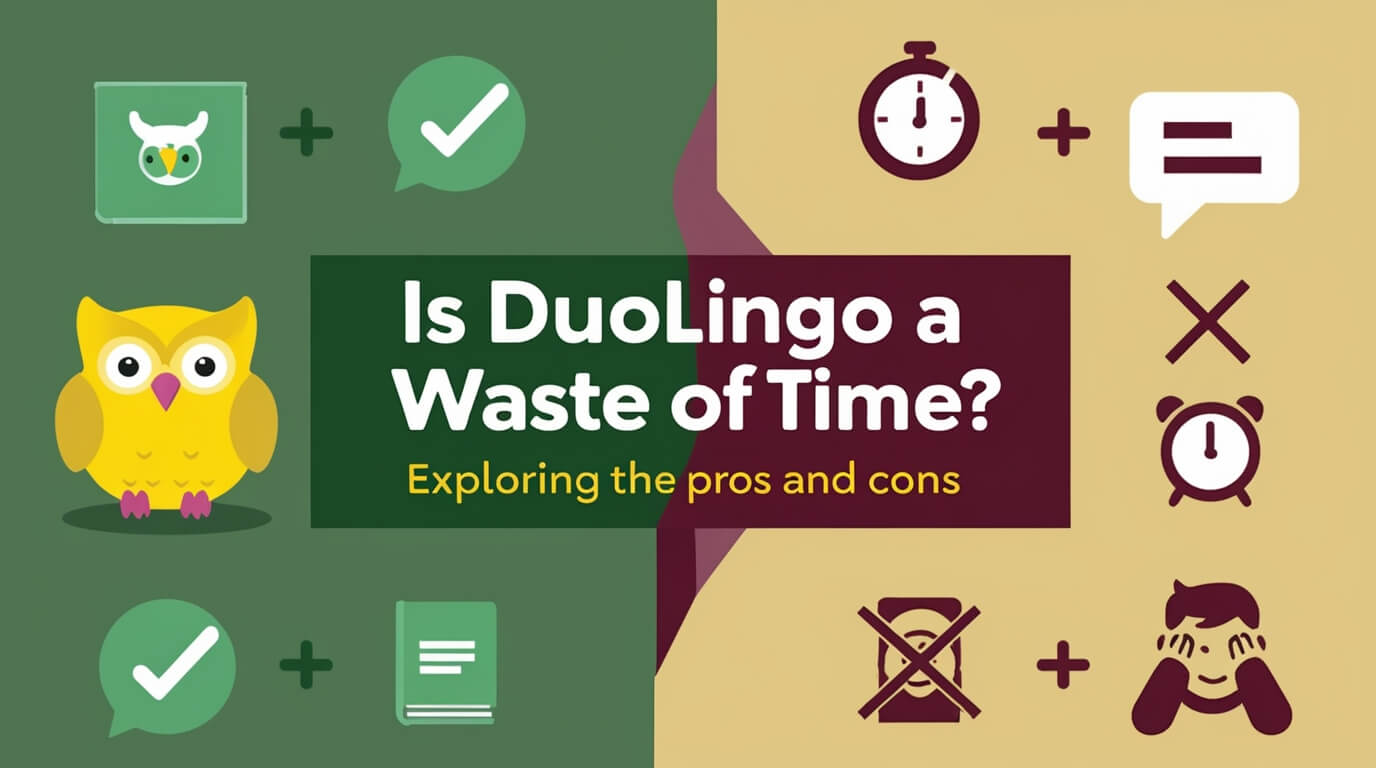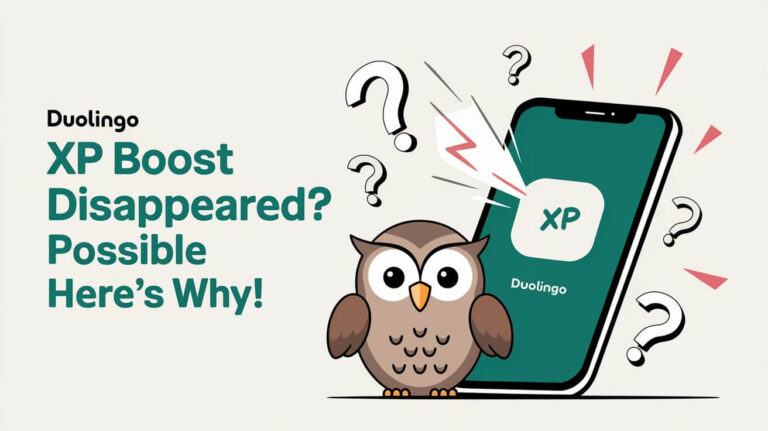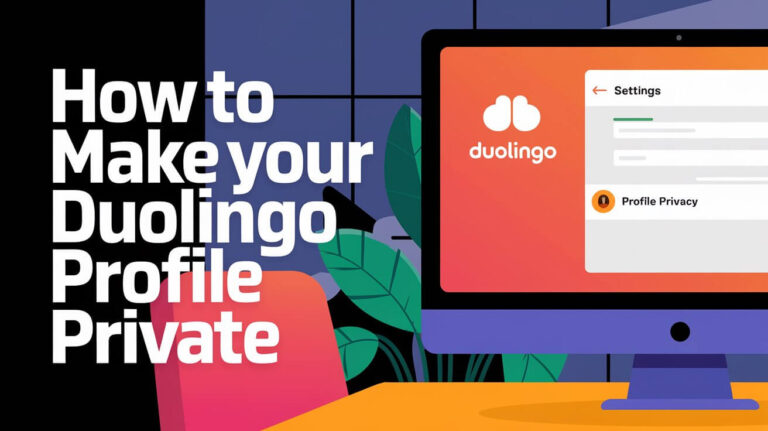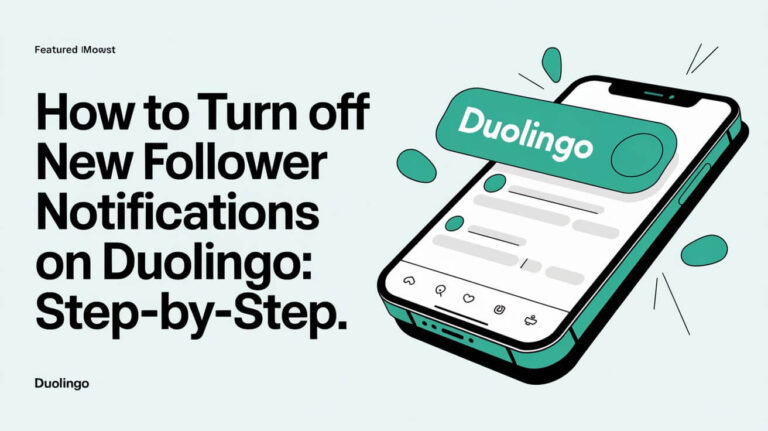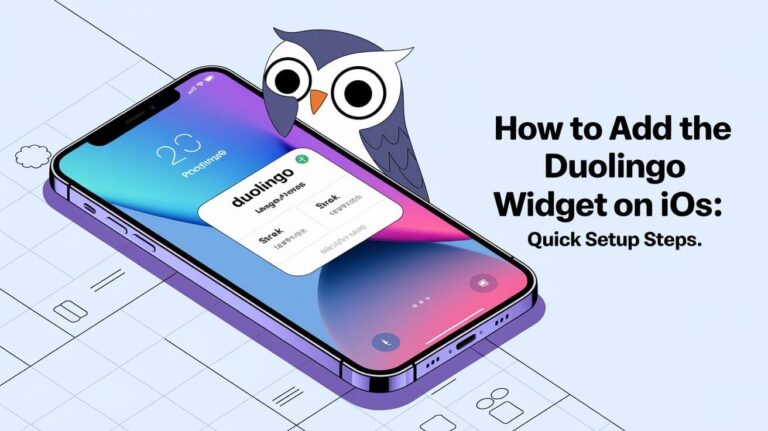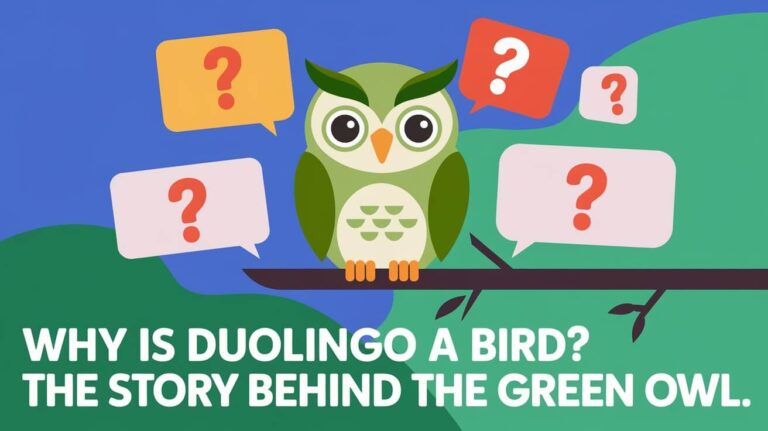Duolingo sparks debate in language learning circles. Some love its free, easy-to-use app. Others say it won’t make you fluent. So is it worth your time? Let’s weigh the good and bad of Duolingo. We’ll look at what it does well and where it falls short. By the end, you’ll know if Duolingo fits your language goals.
Why Duolingo Might Not Work for Language Learning
One of the primary criticisms of Duolingo is that it simply doesn’t do enough to truly teach a language effectively. The app relies heavily on translation-based exercises, flashcards, and gamification, which can lead to a superficial understanding of the language rather than the deeper comprehension needed for fluency.
Many language learning experts argue that translation-based methods are inherently flawed, as they encourage users to constantly switch back and forth between their native language and the target language, rather than truly immersing themselves in the new language.
The Limitations of Duolingo’s Approach
Another significant limitation of Duolingo is its focus on vocabulary and grammar drills, rather than on practical, conversational skills. While these foundational elements are important, language learning is ultimately about communication and the ability to engage with native speakers in real-world situations.
Duolingo’s lessons, which typically last just 5-10 minutes, may not provide enough sustained practice and exposure to the language for users to develop the fluency they desire. Additionally, the app’s lack of opportunities for speaking and listening practice can make it difficult for users to truly internalize the language and become confident communicators.
Duolingo’s Strengths and Weaknesses
Despite these limitations, Duolingo does have some notable strengths. The app’s gamified approach and user-friendly interface can make language learning feel more engaging and accessible, particularly for beginners. The ability to learn multiple languages simultaneously is also a unique feature that can benefit polyglots or those with diverse language interests.
However, Duolingo’s focus on beginner-level content and its lack of advanced features can be a drawback for more experienced language learners. The app’s reliance on translation exercises and lack of immersive language practice may also hinder the development of more nuanced language skills, such as idiomatic expressions, cultural context, and spontaneous conversation.
The Pros and Cons of Using Duolingo
As with any language learning tool, Duolingo has both advantages and disadvantages that users should consider before committing to it as their primary method of study.
Benefits of Using Duolingo
Accessibility and Convenience
One of Duolingo’s greatest strengths is its accessibility and convenience. The app is available on a wide range of devices, including smartphones, tablets, and desktop computers, making it easy for users to fit language practice into their daily routines. With short, bite-sized lessons, Duolingo allows users to learn on the go, whether they have a few minutes to spare during a commute or a short break in their day.
Free Language Learning
Another major advantage of Duolingo is that it is entirely free to use. This makes it an attractive option for language learners on a budget or those who want to experiment with a new language without a significant financial investment. While Duolingo does offer a paid “Duolingo Plus” subscription, the free version provides access to the full range of language courses and lessons.
Ability to Learn Multiple Languages
Duolingo’s platform allows users to learn multiple languages simultaneously, which can be particularly beneficial for those with diverse language interests or a desire to become polyglots. This flexibility can help users maintain progress in several languages and avoid the feeling of being “stuck” in one course.
Drawbacks of Relying on Duolingo
Focus on English Speakers
One of the primary criticisms of Duolingo is that it is primarily designed for English speakers who want to learn other languages, rather than catering to a more diverse language learning audience. This can be a significant limitation for non-English speakers who are looking to learn a language other than English.
Lack of Advanced Features
While Duolingo offers a wide range of language courses, its content is primarily focused on beginner-level material. The app lacks more advanced features and resources that experienced language learners might require, such as in-depth grammar explanations, extensive reading and listening practice, and opportunities for conversational practice with native speakers.
Gamification Over Actual Learning
Duolingo’s heavy reliance on gamification elements, such as points, streaks, and leaderboards, has been criticized by some language learning experts. While these features can be motivating for some users, they can also distract from the actual process of language learning, leading to a sense of progress without a corresponding improvement in language skills.
Limited Vocabulary and Phrases
Duolingo’s lessons typically focus on teaching individual words and simple phrases, rather than building a comprehensive understanding of the language. This can result in users acquiring a limited vocabulary and struggling to apply their language skills in real-world situations.
Better Suited for Kids Than Adults
Some critics argue that Duolingo’s approach, with its emphasis on gamification and beginner-level content, is better suited for children and younger learners than for adults who have more specific language learning goals and require more robust resources.
Is Duolingo Worth the Time Investment?
Given the pros and cons of using Duolingo, the question remains: is Duolingo worth the time investment for language learners?
The Costs of Duolingo (Free vs. Paid)
As mentioned earlier, Duolingo is available for free, which is a significant advantage for budget-conscious language learners. However, the app also offers a paid “Duolingo Plus” subscription, which removes ads and provides additional features, such as the ability to download lessons for offline use and access to additional practice materials.
When Duolingo Plus May Be Worth It
For users who plan to use Duolingo extensively and find the free version valuable, the Duolingo Plus subscription may be worth considering. The removal of ads and the offline capabilities can enhance the user experience, particularly for those who need to learn on the go or in areas with limited internet access.
Alternative Language Learning Options to Consider
While Duolingo can be a useful tool for language learning, it may not be the best choice for everyone. Depending on your goals, learning style, and budget, there are several alternative language learning options worth considering, such as:
- Immersive language courses (in-person or online)
- Private language tutors
- Conversation practice with native speakers (e.g., language exchange platforms)
- Comprehensive language learning apps (e.g., Babbel, Rosetta Stone)
- Language learning books, podcasts, and other multimedia resources
By exploring these alternative options, you may find a language learning approach that better suits your needs and learning preferences.
Conclusion: Is Duolingo a Waste of Time?
Duolingo can be helpful for new language learners, but it’s not perfect for everyone. It’s easy to use and free, which is great. But it doesn’t teach real-world speaking skills well. It’s best for basic words and grammar.
If you want to really learn a language, Duolingo alone isn’t enough. Think about what you want to achieve. You might need to use other tools too. Duolingo can be part of your learning plan, but shouldn’t be the only thing you use.
Learning a language takes time and different methods. Duolingo can help, but don’t rely on it completely to become fluent.

